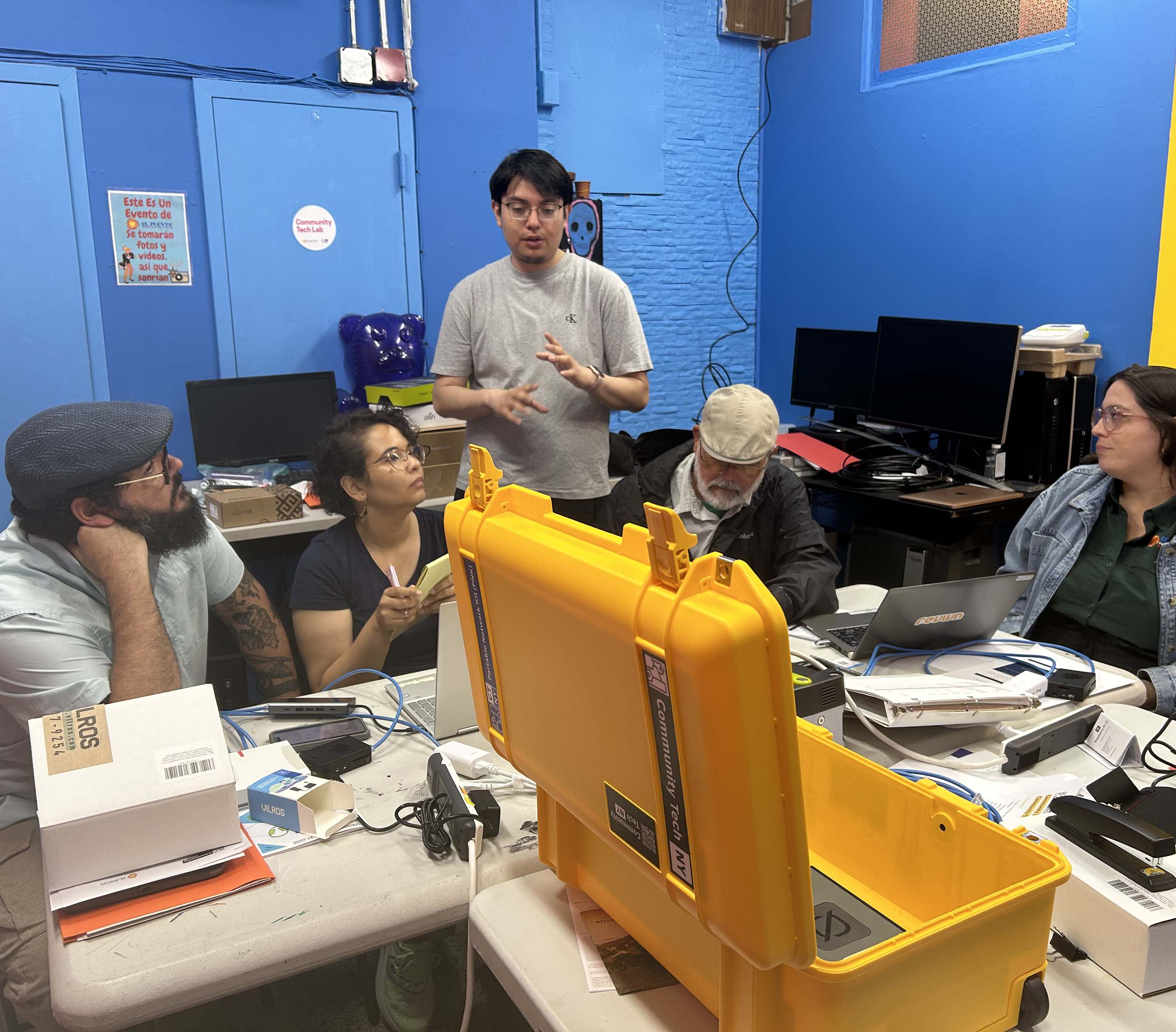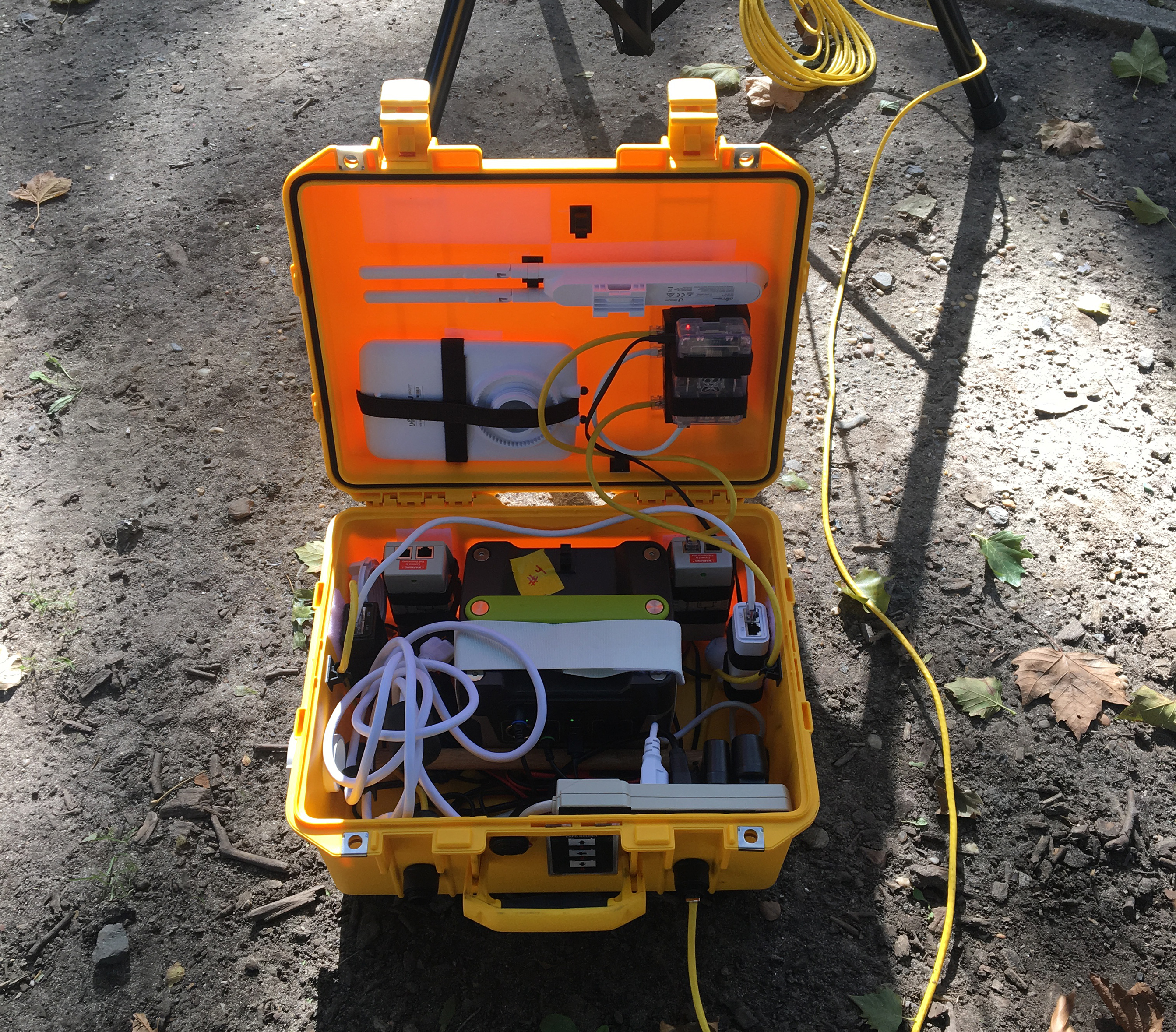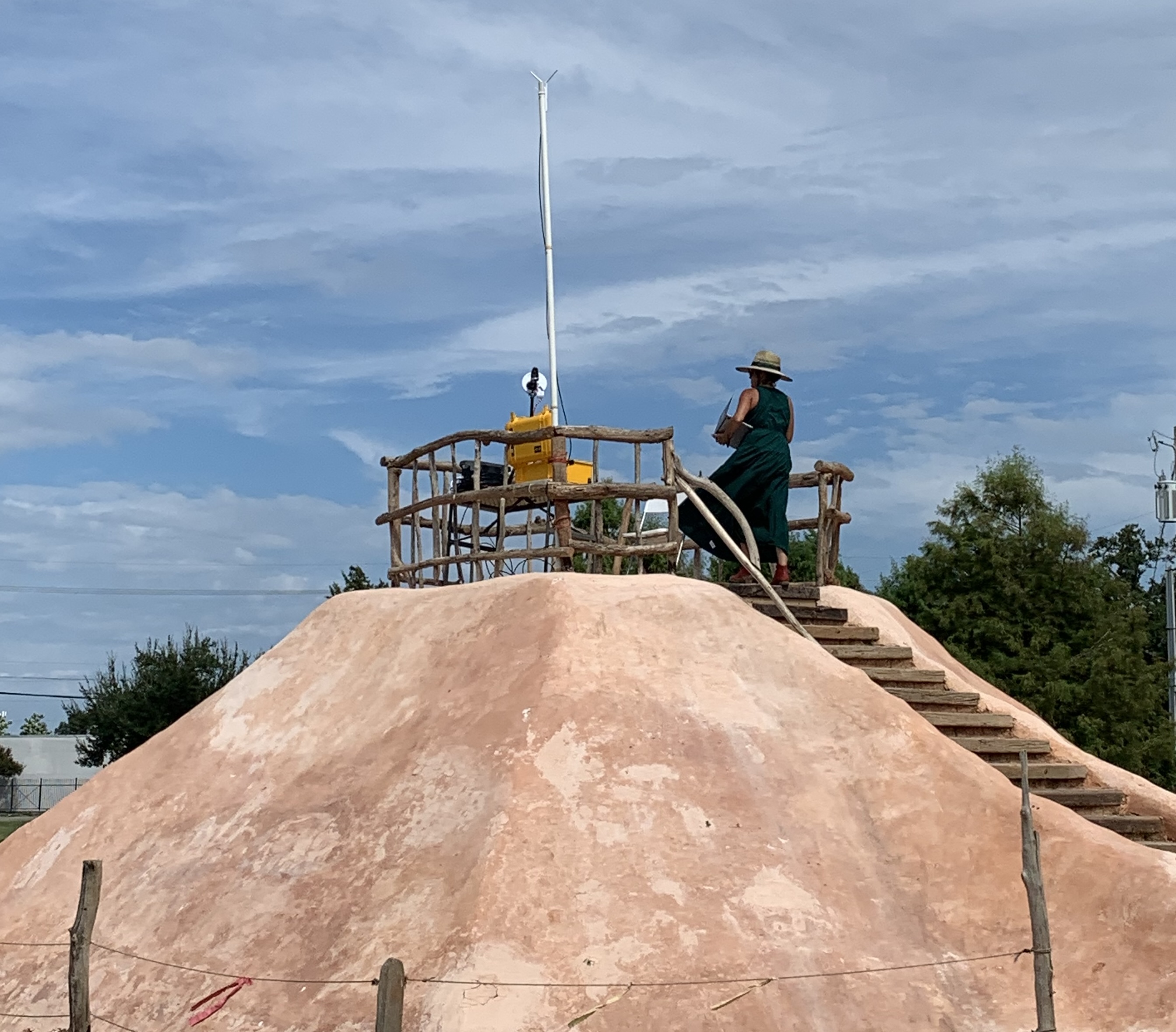Building Stronger, Connected Communities
In an increasingly unpredictable world, collective community resilience is essential for ensuring group safety, connectivity, and preparedness during emergencies. This platform provides resources, strategies, and tools to empower groups and communities to collaboratively take control of their emergency communication needs. By combining innovative technologies, participatory planning, and a commitment to inclusivity, we aim to support neighborhoods in building shared capacity and fostering long-term resilience. Together, we can create robust systems that connect, protect, and adapt to the challenges ahead.
Before an emergency
Lay the groundwork for effective emergency communication by building local capacity and training Digital Stewards as first responders. Develop a collaborative Emergency Communications Plan (ECP) through community workshops, ensuring it is accessible, inclusive, and adaptable to the community’s evolving needs.
During an emergency
Activate emergency communication protocols by swiftly deploying PNKs to critical locations, prioritizing vulnerable populations. Ensure reliable connectivity and offline access to essential resources, while fostering community engagement through clear, multilingual communication. Empower stewards to coordinate efforts and maintain a responsive feedback loop with residents.
After an emergency
Evaluate the emergency response by conducting post-event reviews and analyzing PNK usage data to refine the ECP. Enhance the network by adding nodes and updating resources, while sustaining community involvement through stewardship opportunities and annual drills to ensure continued readiness and resilience.
Join us in exploring these impactful goals and outcomes through our modules:
- Capacity Building: Train and support community stewards to manage and deploy Portable Network Kits (PNKs) for emergency communication efforts.
- Collaborative Planning: Co-develop and maintain an Emergency Communications Plan (ECP) that reflects local needs, assets, and vulnerabilities.
- Accessible Communication: Ensure the ECP and essential resources are available offline through PNKs in multilingual and inclusive formats.
- Emergency Deployment: Deploy PNKs during crises to provide reliable connectivity, disseminate critical information, and support vulnerable populations.
- Post-Emergency Review: Evaluate the effectiveness of emergency responses and refine the ECP using community feedback and lessons learned.
- Network Expansion: Strengthen local infrastructure by extending the PNK network and offering new stewardship opportunities.
- Ongoing Preparedness: Schedule regular drills and annual updates to ensure the ECP and PNKs remain effective and ready for future emergencies.



